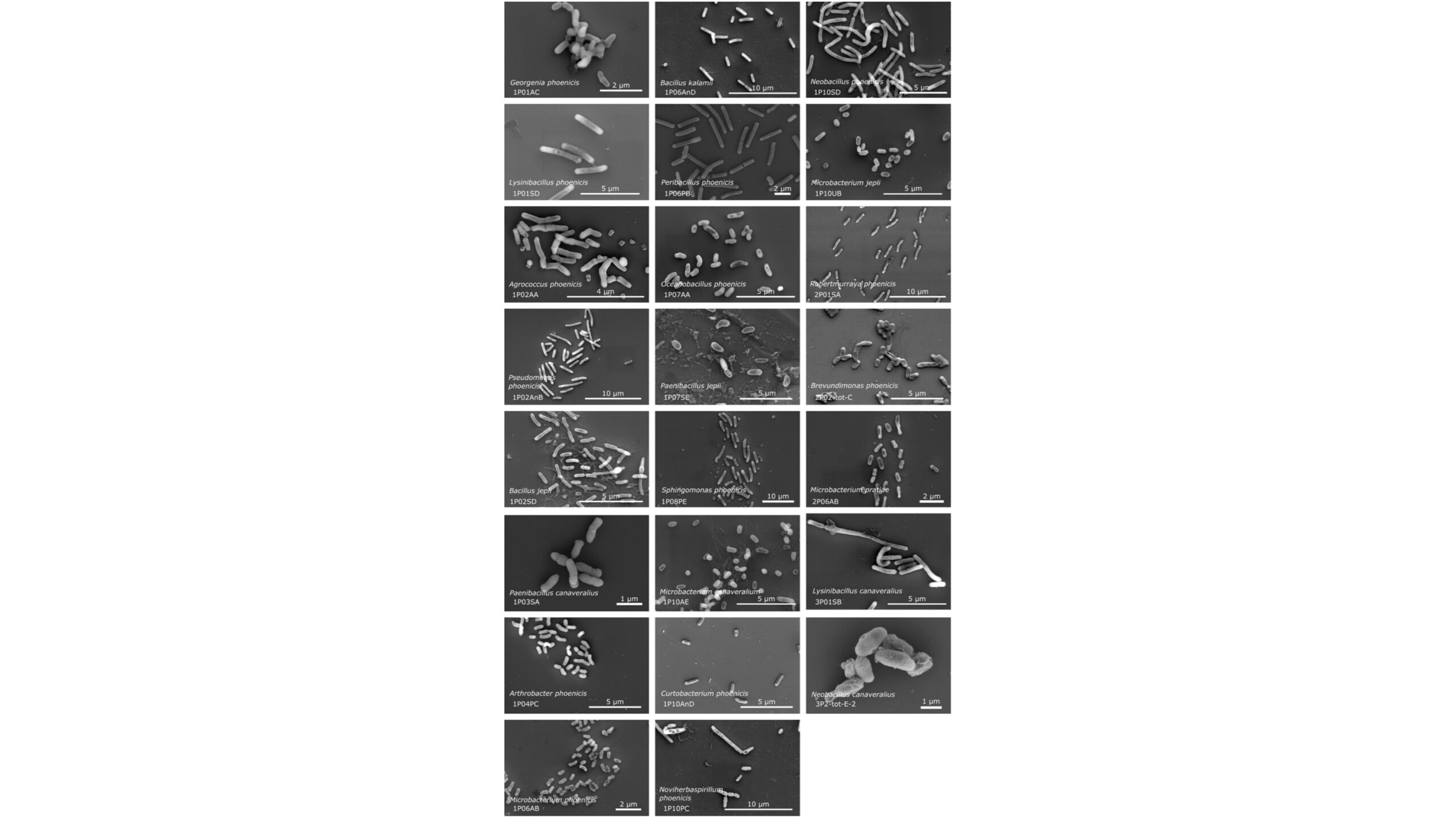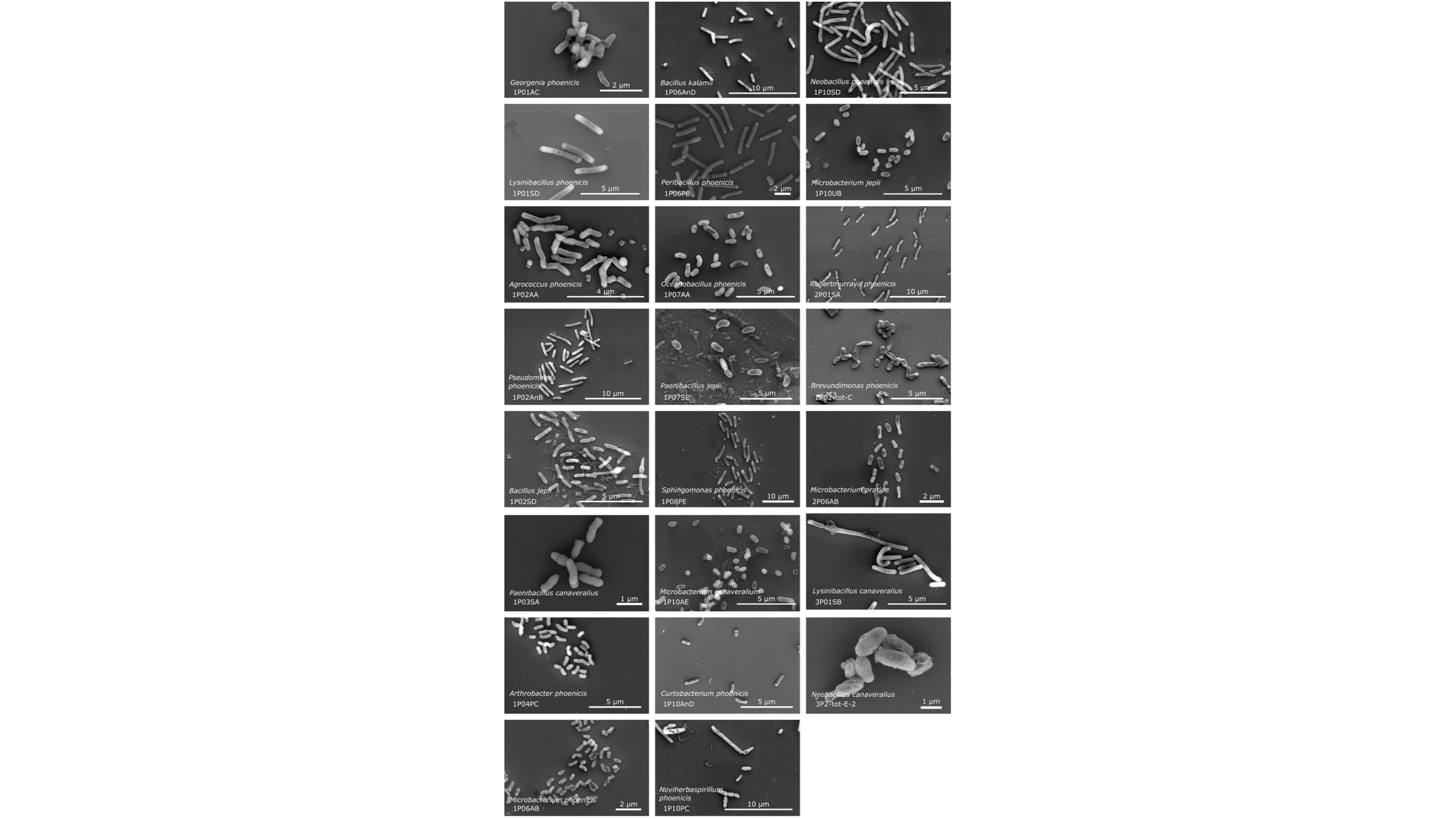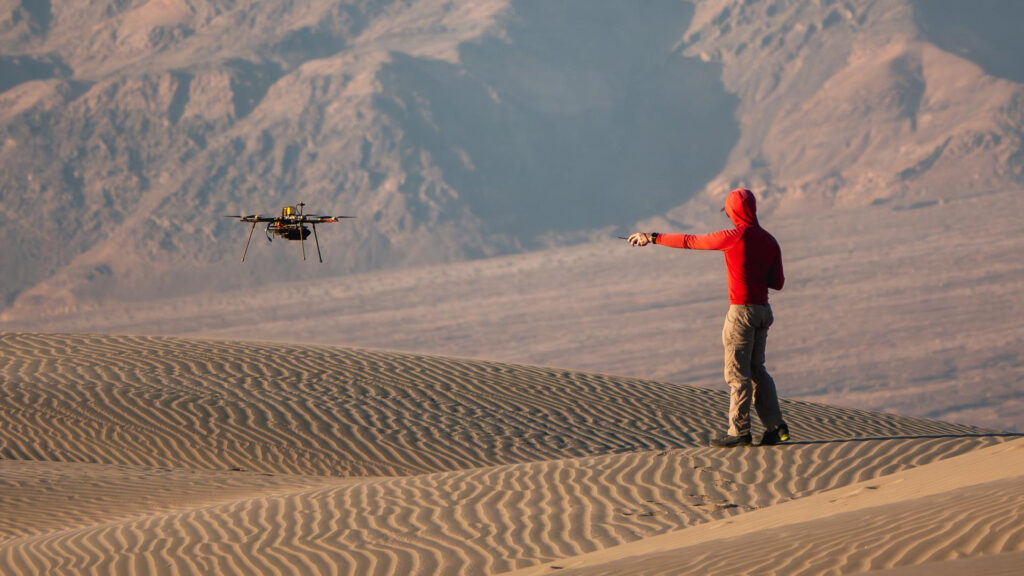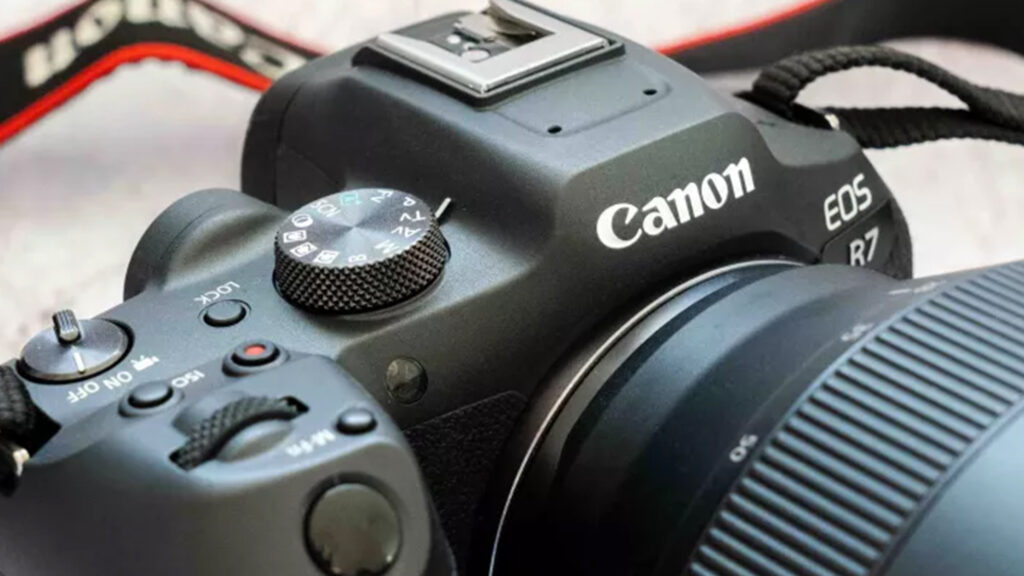Now Reading: Not-so-clean rooms: Scientists discover 26 new microbe species in NASA spacecraft facility
-
01
Not-so-clean rooms: Scientists discover 26 new microbe species in NASA spacecraft facility
Not-so-clean rooms: Scientists discover 26 new microbe species in NASA spacecraft facility

Life, as they say, finds a way — even in the most sterile places on Earth.
Scientists from NASA’s Jet Propulsion Laboratory (JPL) in Southern California, along with researchers in India and Saudi Arabia, have discovered 26 previously unknown bacterial species in the clean rooms that were used to prep NASA’s Phoenix Mars lander for its August 2007 launch.
Clean rooms are decontaminated and intensely controlled environments specifically designed to prevent microbial life from hitching a ride into space. But some microorganisms, known as extremophiles, show impressive resilience in inhospitable environments, whether that’s the vacuum of space, hydrothermal vents on the slopes of undersea volcanoes, or even NASA clean rooms.
“Our study aimed to understand the risk of extremophiles being transferred in space missions and to identify which microorganisms might survive the harsh conditions of space,” study team member Alexandre Rosado, a researcher at King Abdullah University of Science and Technology (KAUST) in Saudi Arabia, said in a statement.
“This effort is pivotal for monitoring the risk of microbial contamination and safeguarding against unintentional colonization of exploring planets,” Rosado added.
These hardy microbes may also offer insights that could benefit life on Earth. The scientists performed genetic research on samples gathered from the Payload Hazardous Servicing Facility at NASA’s Kennedy Space Center in Florida, one of the last stops for Phoenix before its launch from neighboring Cape Canaveral Space Force Station (then known as Cape Canaveral Air Force Station).
They found 53 strains that they determined belonged to 26 novel species. And they dug into the genomes of these newfound extremophiles, looking for clues that could help explain their extraordinary survivability. The keys might be in genes linked to DNA repair, detoxification of harmful substances and boosted metabolism, according to the team.
“The genes identified in these newly discovered bacterial species could be engineered for applications in medicine, food preservation and other industries,” said Junia Schultz, a postdoctoral fellow at KAUST.

Related stories:
And, of course, the research will help NASA improve its clean room protocols to minimize the risk of biological contamination on future missions.
“Together, we are unraveling the mysteries of microbes that withstand the extreme conditions of space — organisms with the potential to revolutionize the life sciences, bioengineering and interplanetary exploration,” said Kasthuri Venkateswaran, a retired JPL scientist and a lead author of the study on the research, which was published May 12 in the journal Microbiome.
Stay Informed With the Latest & Most Important News
-
 012024 in Review: Highlights from NASA in Silicon Valley
012024 in Review: Highlights from NASA in Silicon Valley -
 02Panasonic Leica Summilux DG 15mm f/1.7 ASPH review
02Panasonic Leica Summilux DG 15mm f/1.7 ASPH review -
 03From Polymerization-Enabled Folding and Assembly to Chemical Evolution: Key Processes for Emergence of Functional Polymers in the Origin of Life
03From Polymerization-Enabled Folding and Assembly to Chemical Evolution: Key Processes for Emergence of Functional Polymers in the Origin of Life -
 04How New NASA, India Earth Satellite NISAR Will See Earth
04How New NASA, India Earth Satellite NISAR Will See Earth -
 05And Thus Begins A New Year For Life On Earth
05And Thus Begins A New Year For Life On Earth -
 06Astronomy Activation Ambassadors: A New Era
06Astronomy Activation Ambassadors: A New Era -
07SpaceX launch surge helps set new global launch record in 2024




















